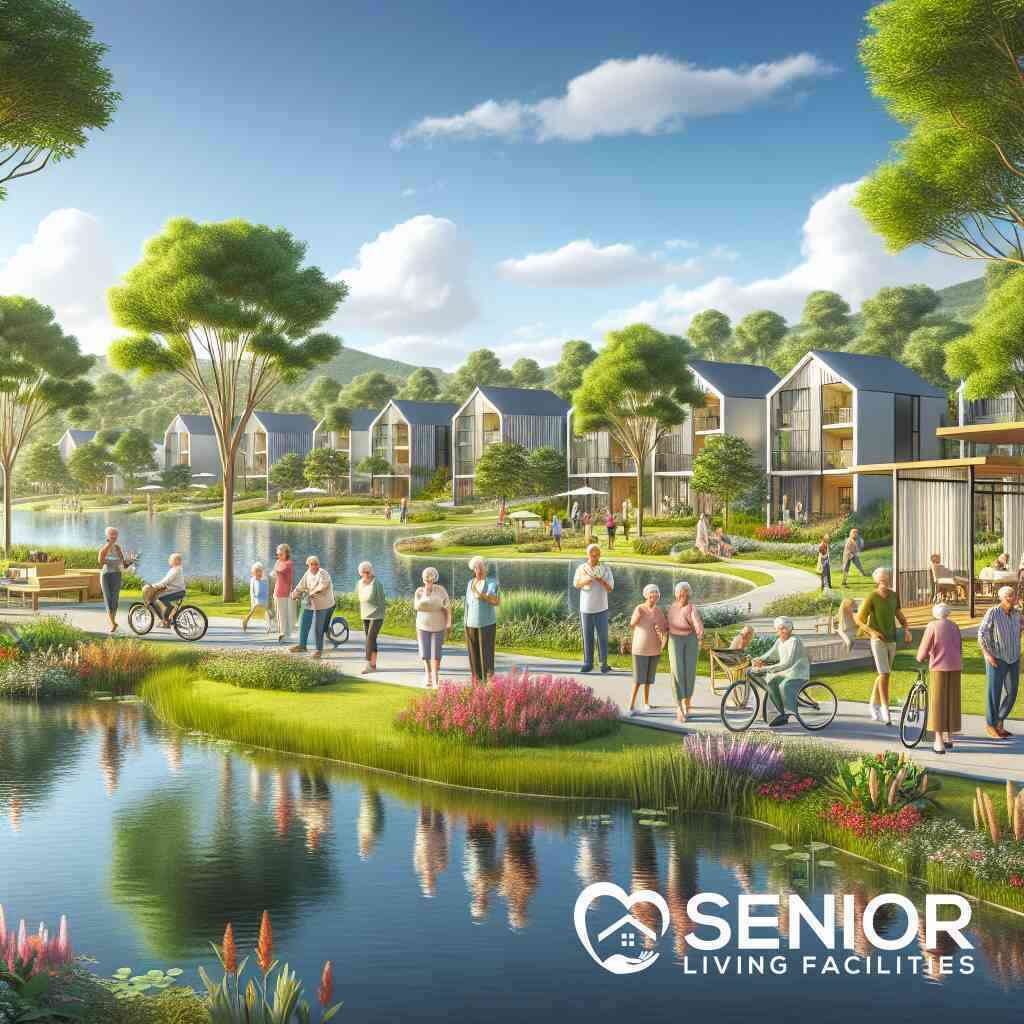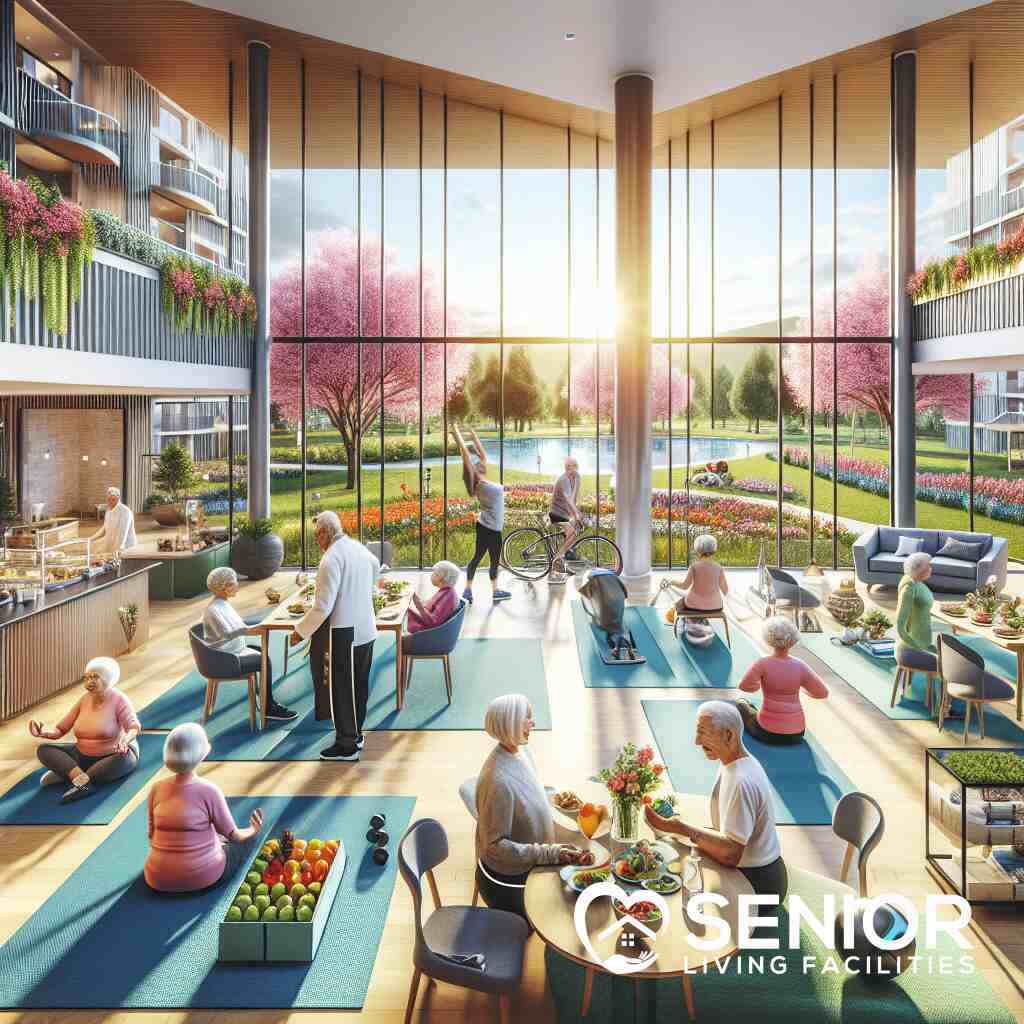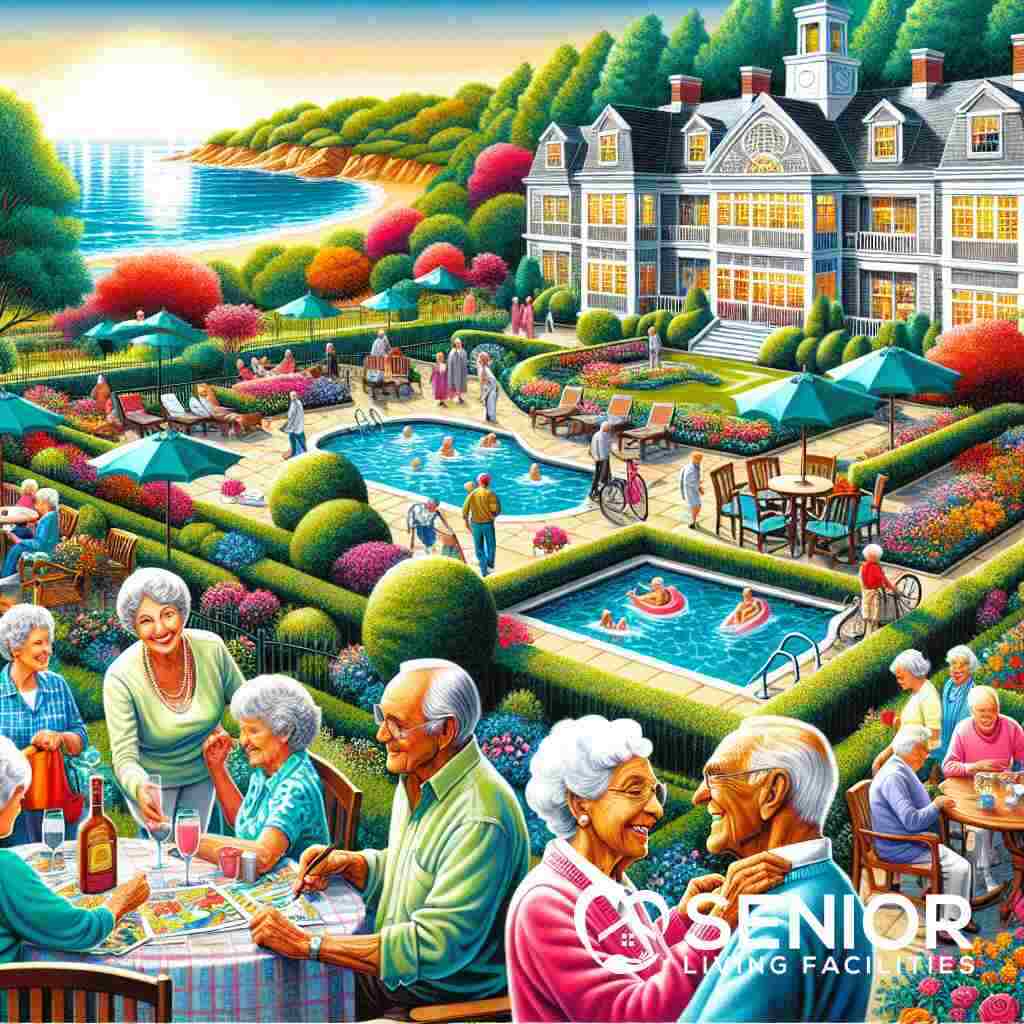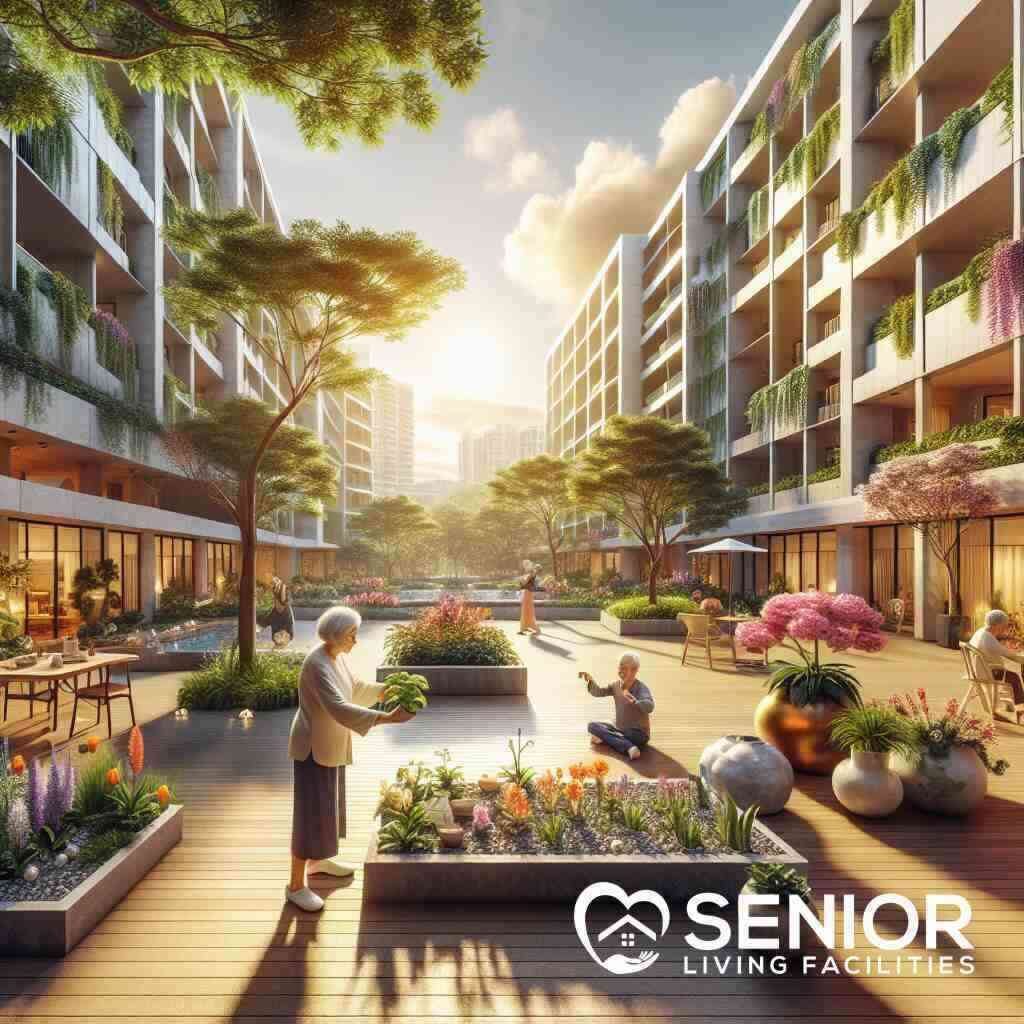
What is the Definition of Care in Senior Living Today
October 23, 2025
Introduction to Modern Senior Care
Understanding the Evolving Needs of Seniors
In today’s world, the concept of care in senior living facilities has evolved significantly. Once characterized primarily by medical attention, the definition now embraces a comprehensive approach to meet the diverse needs of today’s seniors. Understanding these evolving senior care needs is crucial in crafting environments that support not only physical health but also emotional and social well-being. Seniors today expect more than just physical care; there’s a growing desire for inclusive senior living care that addresses mental, emotional, and social dimensions. As longevity increases, the complexity of needs also evolves, necessitating innovations in care models that cater to a diverse senior population.
The Importance of Personalized Care
Personalized care is at the heart of modern senior living. Each individual brings a unique set of preferences, histories, and needs, requiring senior living facilities to move beyond a one-size-fits-all approach. Personalized senior care solutions are now vital in ensuring seniors receive care tailored to their distinct preferences, enhancing their quality of life. These solutions integrate the personal preferences of seniors into care plans, fostering an environment where seniors feel heard and valued. Emphasizing a personalized approach not only improves satisfaction but also supports better health outcomes, making it an essential element in senior care strategies today.
From Independence to Assisted Living: A Spectrum of Options
The journey from independent living to assisted living underscores the varied paths seniors may traverse in pursuit of the best modern senior care options. Some seniors find joy and fulfillment in communities for seniors 55+, enjoying the vibrant social life and independence. Others may require more supported environments, such as assisted living locations or nursing homes for the elderly. Adaptive environments in senior housing ensure that senior living care solutions provide a continuum of care, accommodating shifting needs over time. This spectrum offers flexibility, allowing seniors to transition seamlessly as their care needs evolve, ensuring their continued well-being and quality of life.
Core Elements of Quality Care in Senior Living
Comprehensive Senior Health Services
In senior living facilities today, health services have grown to encompass a range of offerings catering to the complex health needs of older adults. From regular medical evaluations to specialized care for chronic conditions, the focus is on providing comprehensive senior health services. These services not only aim to manage health conditions but also prioritize preventive care, fostering wellness and longevity. By integrating state-of-the-art healthcare solutions with traditional care practices, senior living facilities ensure residents receive well-rounded medical attention.
Hospitals and clinics are often integrated within or easily accessible from senior communities, enabling seamless coordination of care. This approach minimizes disruptions caused by hospital visits and ensures timely medical interventions. Moreover, many facilities now incorporate telehealth options, expanding access to medical support and consultation. Comprehensive health services are foundational in elevating the standard of care in senior living communities.
Emotional and Social Engagement Strategies
The significance of emotional and social connections in the lives of seniors cannot be overstated. Senior living communities emphasize creating vibrant social environments to foster a sense of belonging and purpose. Programs designed for emotional and social engagement for seniors offer residents regular opportunities to interact, learn, and participate in activities that promote mental well-being.
These strategies may include organized events, group outings, and volunteer opportunities that keep seniors connected and engaged with their peers and the broader community. A focus on social engagement not only alleviates loneliness but also enhances cognitive functions through stimulating interactions. By incorporating feedback from the residents, facilities can tailor their program offerings, ensuring that every senior finds activities that resonate with their interests and hobbies.
Adaptive Senior Living Environments: Maximizing Comfort and Safety
Senior living facilities are increasingly designed with adaptability in mind, ensuring that they can cater to the varying needs of residents as they age. Adaptive senior living environments aim to create living spaces that prioritize accessibility, safety, and comfort, allowing seniors to live independently as long as possible.
These environments include features like grab bars, non-slip flooring, and adjustable countertops, which cater to physical limitations without compromising aesthetics. The integration of smart technology further enhances safety by providing emergency alert systems and monitoring capabilities. By prioritizing adaptability, senior living spaces enable residents to maintain their independence while receiving necessary support when needed.
Holistic Care Approaches
Embracing a holistic approach to health, senior living facilities combine physical, mental, and emotional well-being strategies to create an integrated care model. Holistic care approaches for seniors recognize the interconnectedness of body and mind, ensuring that every aspect of a senior’s life is regarded as important to their overall health.
Holistic care might include integrating alternative therapies such as yoga, meditation, and music therapy alongside traditional medical treatments. By addressing the full spectrum of seniors’ needs, facilities can offer care that is both personalized and comprehensive. These approaches encourage a lifestyle that supports longevity, happiness, and fulfillment, making them invaluable in the landscape of modern senior care.
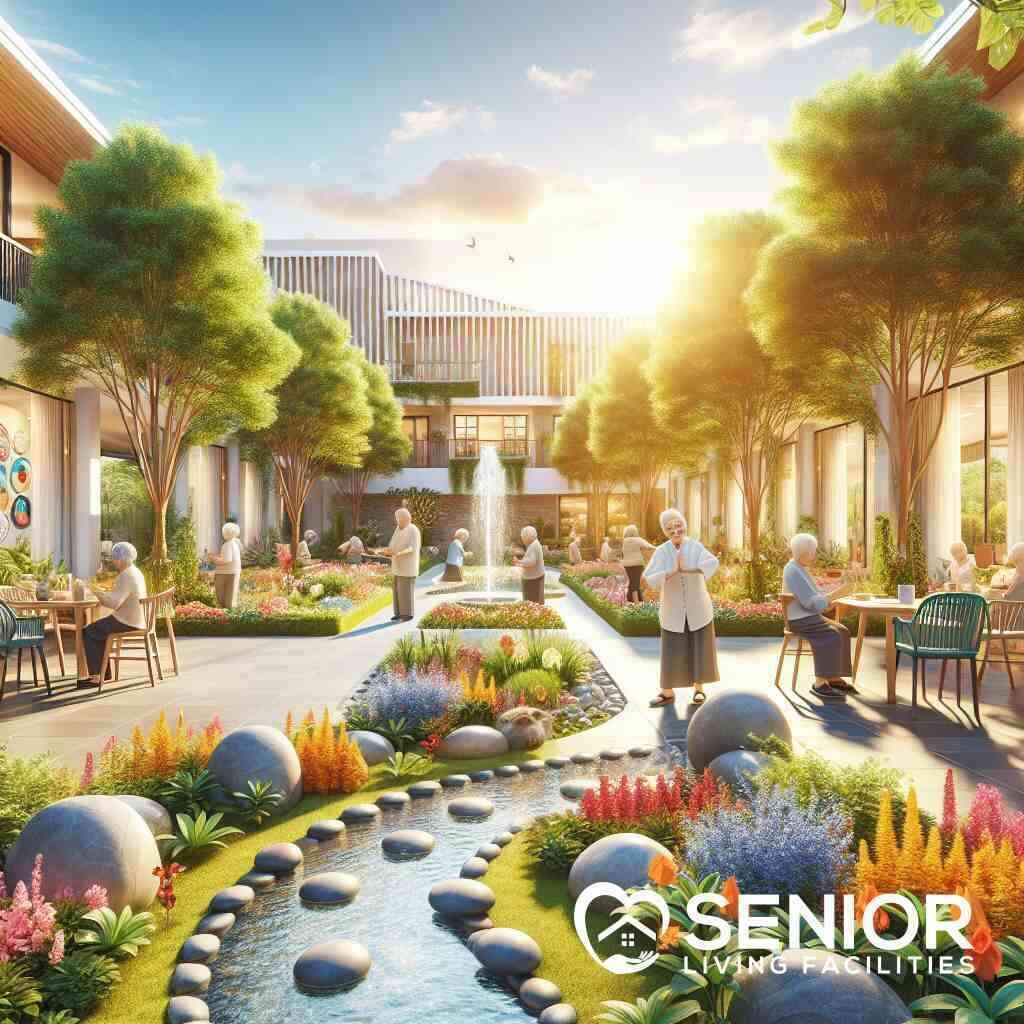
Innovations and Best Practices in Senior Care
Technology in Senior Care: Bridging Gaps
Technology is reshaping the landscape of modern senior care options, playing a critical role in bridging gaps in service delivery and enhancing overall resident experience. From telehealth services to wearable health devices, the integration of technology ensures that seniors have access to real-time care and monitoring. These advancements not only facilitate timely medical interventions but also reduce the need for frequent hospital visits, bringing convenience and peace of mind to families and caregivers. Interactive platforms and communication tools also foster social connections, crucial for emotional health, offering seniors ways to remain engaged and connected with loved ones and their communities remotely.
Smart home technologies are increasingly becoming part of senior living environments, enhancing both safety and comfort. Automated lighting, voice-activated systems, and emergency alert mechanisms are just a few examples of how these innovations are supporting independence while ensuring the safety of elderly individuals. By embracing technology in elder care solutions, senior living facilities are positioning themselves as leaders in evolving and responsive care environments.
Proactive Health Management for Seniors
Proactive health management is paramount in today’s senior care, focusing on prevention and well-being rather than mere treatment of illness. This approach involves regular health screenings, personalized fitness programs, and nutritional guidance, all aimed at maintaining health and preventing disease onset. Implementing a proactive model encourages seniors to take charge of their health, empowering them with knowledge and resources to make informed health decisions.
The rise of personalized care plans tailored to individual health needs supports this proactive stance, aligning with the philosophy of whole-person care. By fostering continuous engagement with healthcare professionals and facilitating access to comprehensive health resources, senior living facilities are improving health outcomes and transforming the care experience. Such a shift also reduces long-term healthcare costs by minimizing the need for more intensive interventions. The emphasis on proactive senior health management highlights the changing dynamics of senior care, turning focus toward sustained wellness and quality of life.
Personalized and Integrated Care Solutions
Offering personalized and integrated care solutions is fundamental to modern senior care facilities committed to improving resident satisfaction and health outcomes. By focusing on the individual’s comprehensive set of needs-physical, emotional, and social-these solutions ensure that care is delivered in a manner that is cohesive and consistent, blending various healthcare services seamlessly.
This integration allows for the incorporation of multiple care modalities, from medical management and therapy services to social and recreational activities, under one cohesive plan. Such an approach not only enhances individual well-being but also fosters a sense of community and connectedness, crucial for mental and emotional health. By continuously evaluating and adapting care plans, facilities provide dynamic care that evolves with the residents’ changing needs.
Central to these efforts is the collaboration between healthcare providers, caregivers, and families, ensuring that every perspective is considered in the care continuum. This holistic view of care delivery promotes sustained engagement, trust, and open communication, all critical components in achieving truly personalized senior care.
Inclusive and Empathetic Care Models
At the heart of superior senior care are inclusive and empathetic care models, which recognize the individuality and dignity of each resident. These models prioritize respect and understanding, creating environments where seniors feel valued and supported. By embracing diversity and acknowledging each individual’s unique life experiences, senior living facilities cultivate a culture of inclusivity.
Empathy in care also extends to the design of programs and services that reflect the real, everyday needs and desires of seniors, going beyond basic requirements to address emotional and psychological aspirations. Training for staff in empathy and cultural competence enhances their ability to meet diverse resident needs compassionately and respectfully.
Creating environments that foster genuine human connections and understanding promotes not just resident satisfaction but also contributes significantly to improved health outcomes. Through this empathetic approach, facilities reinforce a robust support system that champions the importance of community and collective well-being, ensuring that all residents experience care that is truly transformative and uplifting.
Future Trends in Senior Living Care
The Rise of Aging in Place Options
As society evolves, so do the preferences for senior care arrangements, with an increasing focus on aging in place options. This trend emphasizes the desire of seniors to remain in their homes or familiar environments as they age, while still receiving necessary care and support. Aging in place offers a sense of continuity and independence, aligning with many seniors’ preferences to maintain their lifestyle without the upheaval of moving to a new environment. As such, caregivers and facilities are innovating to offer in-home services such as healthcare visits, meal delivery, and home modification to accommodate mobility needs. This personalized approach not only supports the autonomy of seniors but also fosters a sense of security and comfort.
Moreover, technology plays a pivotal role in this trend, with telehealth services and smart home devices enhancing safety and connectivity for seniors choosing to stay in their own homes. By implementing these solutions, senior care providers are enabling a balanced approach that allows the elderly to live with dignity while accessing the same level of care found in traditional senior living communities.
Senior Community Care Standards
In the realm of senior living care, establishing and maintaining high community care standards is crucial for ensuring quality and consistency across facilities. These standards serve as benchmarks for the level of care seniors receive, encompassing everything from health services and personal care to food quality and social activities. With a focus on excellence, senior living facilities are continually refining their practices and services to uphold quality care in elderly housing, ensuring that they meet and exceed the expectations of residents and their families.
Adhering to these standards not only guarantees safety and well-being for seniors but also builds trust within the community, making it easier for families to choose suitable living arrangements. As the population ages, these care benchmarks will likely become more stringent, driving facilities to adopt innovative approaches and practices to stay ahead. The emphasis remains on creating environments where seniors feel valued and supported, underscoring the commitment of senior living communities to provide exceptional care.
Senior Lifestyle Support and Adaptation
The concept of senior lifestyle support adaptation is gaining traction as facilities strive to accommodate the dynamic needs of aging residents. This involves adapting not only the physical environment but also the services offered to cater to changing mobility, health, and social needs. Senior living facilities are increasingly focusing on providing a range of adaptable living options that can transition with residents’ needs, offering assisted living plans alongside independent living solutions.
This adaptive strategy extends to recreational and social activities, ensuring they remain inclusive and engaging for all ability levels. By doing so, facilities empower seniors to lead active and fulfilling lives, enhancing both physical and mental well-being. This commitment to adaptability positions senior living communities as leaders in responsive and personalized care environments, capable of nurturing well-rounded, meaningful lifestyles.
Reimagining Senior Living with Innovative Care Strategies
Innovation is at the core of forward-thinking strategies aimed at reimagining senior living care. This involves blending cutting-edge technology with personalized care models to craft environments that speak directly to the preferences and needs of seniors. The integration of integrated senior care strategies allows for a seamless delivery of services, from medical management and therapy services to social engagement and lifestyle enhancement programs.
These innovative care strategies include leveraging data analytics to create customized care plans, incorporating virtual reality for cognitive stimulation, and designing wellness programs tailored to individual lifestyle preferences. By fostering an environment of continuous improvement and embracing technological advancements, senior living facilities push the boundaries of traditional care models. This proactive approach not only improves resident satisfaction but also positions these communities at the forefront of modern senior care solutions, empowering residents with choices that promote well-being and autonomy.
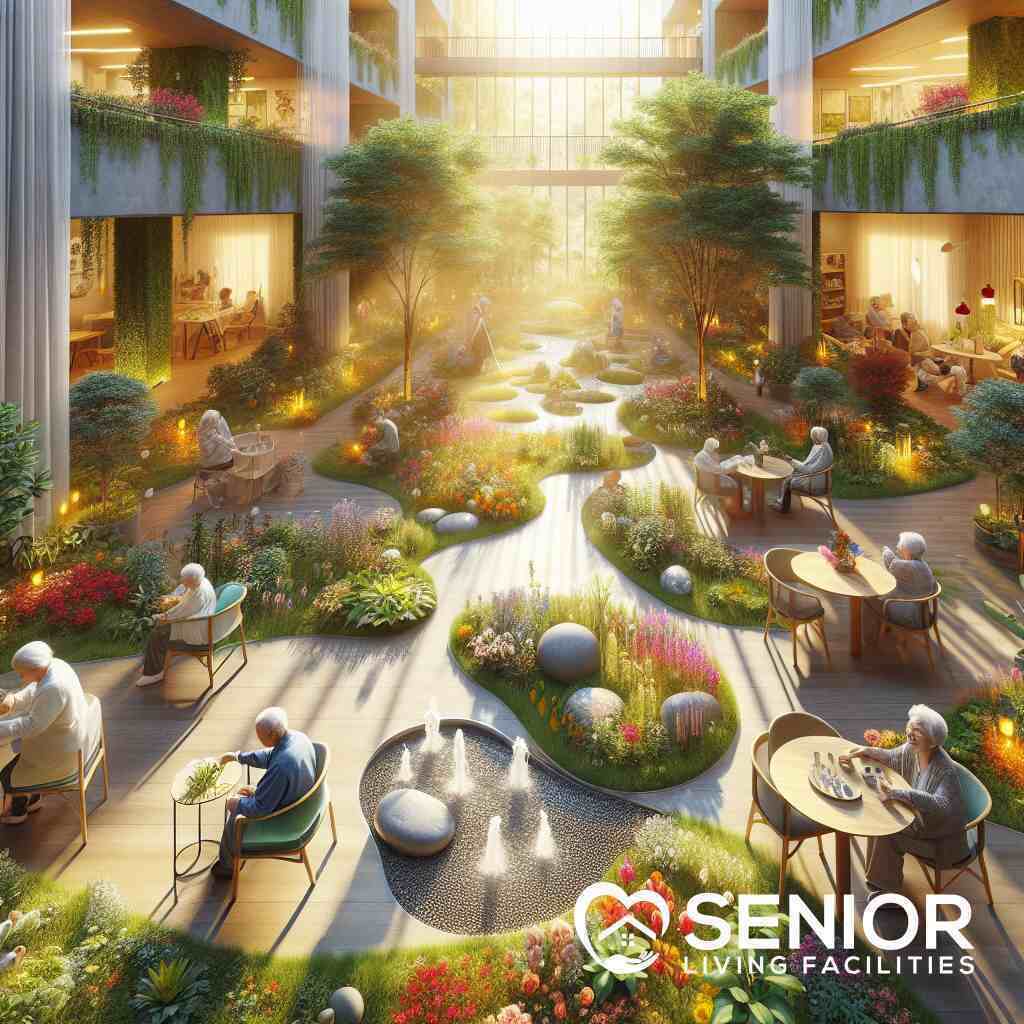
Conclusion: Redefining Care for Seniors Today
Embracing Change and Innovation
In the realm of senior living, embracing change and innovation has become crucial for redefining care standards. Emerging technologies and innovative care strategies have transformed how care is perceived, creating environments that are not only safer but also more engaging for seniors. By integrating future trends in senior living care into everyday practice, senior communities can offer dynamic and responsive care solutions. These innovations have empowered facilities to provide personalized experiences that cater to the unique needs of seniors, ensuring that they live fulfilling and comfortable lives.
Innovation also plays a significant role in fostering independence. Through the adoption of advanced technologies and care methodologies, senior living facilities are better equipped to support seniors in maintaining autonomy. From adaptive housing designs to telehealth services, the landscape of senior care continues to evolve, promising a future where elderly care is synonymous with dignity and choice.
Ensuring Quality and Compassion in Elderly Housing
Quality and compassion form the backbone of any effective senior living community. Ensuring that these elements are at the forefront of care practices is essential to meet the evolving expectations of seniors and their families. Facilities must focus on creating environments that reflect the core values of respect, empathy, and attention to individual needs. By implementing empathetic care models for elders, senior living communities highlight their commitment to treating each resident with the utmost dignity and care.
Moreover, adhering to rigorous standards in health care services, recreational activities, and daily living support ensures that seniors receive top-tier care. Investing in staff training and development further enhances this focus on quality, equipping caregivers with the skills needed to provide thoughtful and compassionate service. Continuous feedback from residents and families also plays a pivotal role in refining these care practices, fostering an environment where seniors feel valued and supported.
The Path Forward for Senior Living Facilities
As we look to the future, senior living facilities are poised to lead the way in transforming senior care into a model of excellence and innovation. By continuously adapting to the changing needs of their residents, these facilities can ensure they remain at the forefront of the industry. Emphasizing collaboration between caregivers, healthcare professionals, and residents will further this goal, creating a dynamic community centered on well-being and holistic care.
With a commitment to providing senior living care in Alabama and across the nation, platforms like Senior Living Facilities are instrumental in guiding families towards making informed senior care decisions. As these communities evolve, they signify a promising path forward-one where innovation, compassion, and quality converge to redefine care for seniors today and beyond.
Frequently Asked Questions
Question: How do Senior Living Facilities define comprehensive senior care, and what makes it different from traditional approaches?
Answer: At Senior Living Facilities, comprehensive senior care goes beyond traditional approaches by integrating physical, emotional, and social aspects of well-being. This approach ensures that every resident receives personalized attention tailored to their individual needs. We prioritize quality care in elderly housing by offering customized senior living care solutions that adapt as residents’ needs change over time, providing the support they need for a fulfilling life.
Question: What is the definition of care in senior living today, according to Senior Living Facilities, and how can it benefit my loved one?
Answer: In our blog, What is the Definition of Care in Senior Living Today, we explore the modern approach to senior care, emphasizing inclusivity, personalization, and proactive health management. By embracing adaptive senior living environments and integrated senior care strategies, we ensure that your loved one receives not just medical support but also holistic care for seniors that enhances their overall quality of life.
Question: How do personalized senior care solutions at Senior Living Facilities enhance the quality of life for seniors?
Answer: Personalized senior care solutions at Senior Living Facilities focus on understanding the unique preferences and histories of each resident. By tailoring care plans to meet individual needs, we enhance both satisfaction and health outcomes. This approach fosters emotional care for seniors and enables greater independence, ensuring that every senior feels valued and supported in our communities.
Question: What role does technology play in Senior Living Facilities, and how does it improve the senior care experience?
Answer: Technology in senior care is crucial for enhancing residents’ experiences at Senior Living Facilities. We incorporate wearable health devices and telehealth services to provide real-time care, reducing hospital visits and improving convenience. These technologies also support senior social engagement by enabling connections with loved ones and the community, creating adaptive senior living environments where safety and social interaction seamlessly blend.
Question: How do Senior Living Facilities ensure the emotional and social engagement of residents?
Answer: At Senior Living Facilities, we understand the importance of emotional and social engagement for seniors. Our programs are designed to foster vibrant community connections through organized events and group activities tailored to residents’ interests and needs. This holistic care for seniors alleviates loneliness and boosts cognitive functions, ensuring that every resident enjoys a satisfying and enriching lifestyle.
